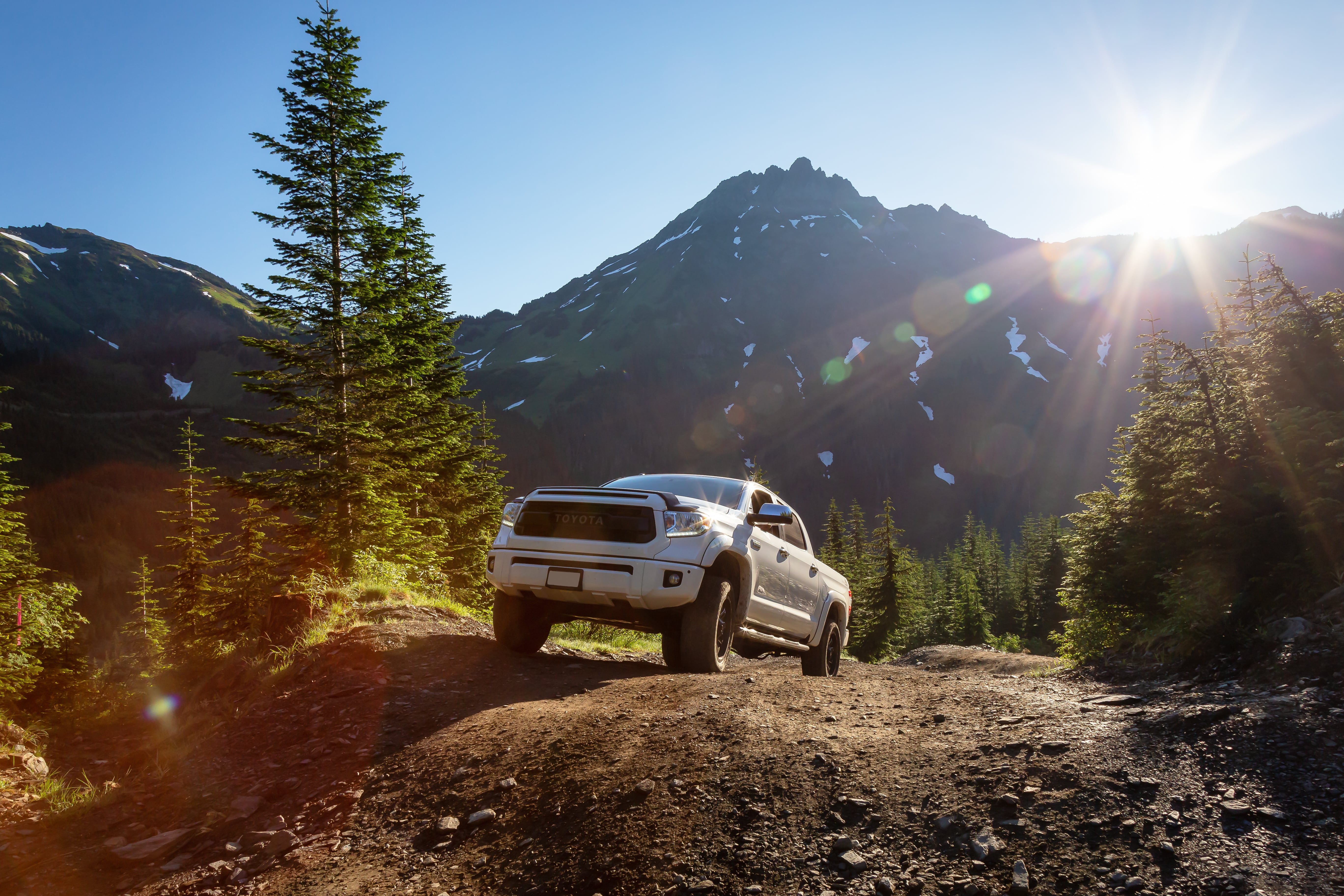

Vehicle control is the foundation of a great off-road experience. Maximum control allows you to know you can rely on your rig, giving you the confidence to navigate the tough terrain and hurdles you encounter when off-roading. Good control means your vehicle can safely maintain stability, maneuver precisely, and manage traction with ease.
So, how do you know that the mods you choose for your rig ensure maximum control? For one, you can avoid some of the mistakes that beginners often make with vehicle modifications, including:
-
Installing spacer lift kits.
-
Getting bigger tires before installing a lift kit.
-
Settling for low-quality budget parts.
-
Not performing proper maintenance.
You can also familiarize yourself with the various parts and mods that influence vehicle control, which we detail below.
Vehicle Mods and How They Affect Your Control
It’s hard to enjoy off-roading when you don’t have proper control of your rig. Keep these mods in mind when optimizing for maximum control:
Suspension and Lift Kits: Ground Clearance and Stability
Great suspension is critical for diverse terrains as it helps your tires keep contact with the ground. This improves traction and ride comfort—particularly on uneven or rough terrain. Installing a lift kit will offer more ground clearance and accommodate bigger tires (more on that shortly.) Be sure to choose a suitable lift kit (including shocks and springs) and invest in premium upper control arms (UCAs), as these components are essential for stability. Aftermarket UCAs improve durability and articulation, which in turn boosts overall ride experience.
Tires and Wheels: The Right Grip for the Right Terrain
Once you’ve got your initial lift kit set-up squared away, you can look into upgrading your tires and wheels to a larger size. Bigger tires means more surface area in contact with the terrain, leading to better performance. You’ll have to choose between all-terrain and mud-terrain tires depending on your typical outing. As a rule of thumb, East Coast environments (muddy and wet) typically require mud-terrain tires, while off-roaders in West Coast environments (desert and sand) would likely opt for the all-terrain variety.
You’ll want to ensure proper tire pressure for the terrain you’ll be tacking, whether that's sand, rocks, mud, or a combination thereof. Always check your tire pressure before every outing to confirm compatibility with the trail of the day.
Steering and Braking: Precision and Safety
Upgraded steering components like tie rods, drag links, and steering stabilizers are additional mods you can make to help enhance your vehicle control while off-roading. These upgrades help to maximize responsiveness, preventing steering bind and reducing bump steer by minimizing side-to-side vibrations between the wheels.
Naturally, reliable brakes are paramount for safe excursions, as they allow you to maintain control on steep descents and technical trails. You can purchase a brake upgrade kit, which usually includes everything you need for better braking, such as pads, rotors, hardware, and fluid. These aftermarket kits are designed to offer more stopping power and better heat management than stock parts.
Traction and Differentials: Power When and Where You Need It
If you don’t find yourself in extreme conditions too often, you may not need to update your differential. However, if you’re taking your rig off-road regularly, you may want to rethink your vehicle’s differential, as this system will determine the amount of torque transferred to each tire. The three main types include:
-
Open differential: The most basic and common type, best for everyday driving on paved roads as power is automatically transmitted to the wheel with less resistance.
-
Locking differential (“locker”): Designed specifically for drag racing and off-roading, as it enables both wheels on the same axle to turn at matching speeds, regardless of the amount of traction.
-
Limited slip differential: Also known as posi-traction, this type falls somewhere in the middle of open and locking, as torque is transferred to wheels based on the available traction for more flexibility.
Recovery Gear: Emergency Preparedness
Although you can’t predict an emergency, you can try your best to plan for one. Being prepared in an emergency means you have easy access to any tools or supplies necessary to repair vehicle components. Some must-have recovery tools include:
-
Winches
-
Traction boards
-
Tow straps
-
Tow rope
-
Shackles
Make sure you’re equipped with a proper car jack and the know-how to use it off-road. A good jack remains stable on uneven terrain and has a long stroke length to accommodate larger-than-average tires.
Extra Essentials: Small Upgrades that Make a Big Difference
Although they aren’t exactly necessary, the following simple upgrades can contribute to better vehicle control and more confidence in your ride:
-
Skid plates and rock sliders help protect your investment by defending the undercarriage from damage.
-
Lighting upgrades like light bars are great for illuminating nighttime adventures.
-
Communication tools like radios, GPS, and emergency beacons can keep you connected in an emergency.
Hit the Trails with Confidence and Competence
Building a capable and controlled off-road vehicle relies on various components, including your suspension, steering, and brakes. But it also relies on your knowledge of your vehicle and what aspects of its composition can impact your vehicle control.
Get to know your rig and what mods will work best for your adventures so every outing is as exciting as possible. And if you’re getting ready to upgrade your vehicle for off-road excellence, don’t settle for anything less than the best aftermarket UCAs available.
